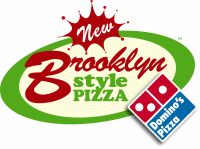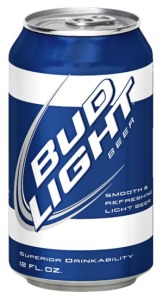A complaint recently filed by California based A Hundred Monkeys in the Eastern District of Wisconsin alleges that Wisconsin based 100 Monkeys infringes on their registered trademark A HUNDRED MONKEYS.
According to the Complaint, A Hundred Monkeys “provides marketing and branding consultation services throughout the United States and worldwide” and 100 Monkeys “provides marketing and branding consultation services throughout the United States.”
A Hundred Monkeys has been using the name since 1992 and was granted a trademark in 1999, according to court documents. The Wisconsin company was founded in 1998 and adopted the 100 Monkeys name in 2006.
Because the names sound so similar and the two companies are direct competitors, “customers and potential customers are likely to be confused into believing” the companies are related, the California company alleged in a lawsuit filed this week in Milwaukee.
The Wisconsin company disagrees, saying there is no infringement because the firms offer different services.
Likelihood of Confusion
In any likelihood of confusion analysis two key, although not exclusive, considerations is the similarities between the marks and the relationship between the goods and/or services. See Federated Foods, Inc. v. Fort Howard Paper Co., 544 F.2d 1098, 192 USPQ 24 (CCPA 1976). See also In re E. I. du Pont de Numours & Co., 476 F.2d 1357, 177 USPQ 563 (CCPA 1973).
Relationship Between the Services
An analysis of the second du Pont factor, similarity or dissimilarity of the services, shows, at least on the pleadings, that the services are identical inasmuch as both parties provide “marketing and branding consultation services throughout the United States”. Defendant’s own website states that their services include: “Strategic Marketing Communications Planning” and they help with “brand identity, content creation, copywriting and search engine optimization”
It would appear that the du Pont factor involving the similarity of services weigh in favor of finding a likelihood of confusion.
Similarity Between the Marks
“When marks would appear on virtually identical goods or services, the degree of similarity necessary to support a conclusion of likely confusion declines.” Century 21 Real Estate Corp. v. Century Life of America, 970 F.2d 874, 23 USPQ2d 1698, 1701 (Fed. Cir. 1992).
In this case the marks at issue are Plaintiff’s registered mark “A HUNDRED MONKEYS” and Defendant’s use of the mark “100 MONKEYS”
Turning to the first du Pont factor, similarity or dissimilarity of the marks when viewed in their entireties in terms of appearance, sound and connotation the use of the numeral “100” creates a sound impression identical to the word “hundred” in Plaintiff’s mark.
It appears from the face of the pleadings that the marks are substantially similar and that consumers are likely to believe that the sources are in some way related or associated.
____________________________________
In re E.I. Du Pont De Nemours & Co., 476 F.2d 1357, 1361, 177 USPQ2d 563, 567 (CCPA 1973), sets forth the factors for determining the likelihood of confusion. The relevant Du Pont factors in this case are:
(1) The similarity of the marks in their entireties as to appearance, sound, connotation and commercial impression.
(2) The similarity and nature of the goods or services as described in an application or registration or in connection with which a prior mark is in use.
(3) The similarity of established, likely-to-continue trade channels.
(4) The conditions under which, and buyers to whom, sales are made.
(5) The nature and extent of any actual confusion.
(6) The length and nature of any concurrent use without evidence of actual confusion.
(7) The fame of the prior mark.
Filed under: trademark infringement | Tagged: Trademark, trademark infringement | Leave a comment »



 A small
A small 
